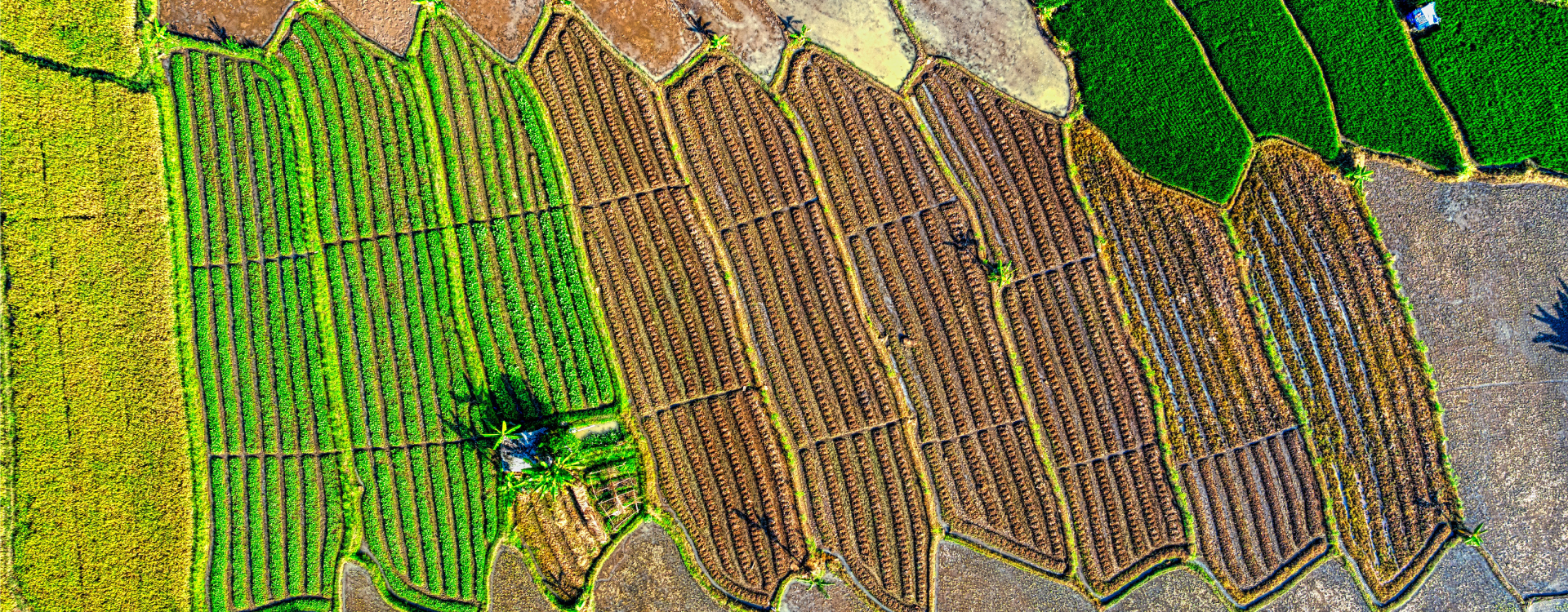Satellites and Environment
How satellites help us tackle climate change, and how you can get involved

At any given time, thousands of satellites orbit the Earth. Satellites are human made objects placed in orbit by rockets in order to gather and send information. Satellites can gather information about our planet that is difficult, or impossible, to collect from the ground or even from the air. Because satellites can gather such information, they play an important role in measuring and informing solutions to climate change.
By taking part in LaunchUK’s Nanosat Design competition, you have the opportunity to:
- Gain new skills and knowledge, as well as
- The chance to design a nanosat.
Satellites contribute to climate-change mitigation and adaptation efforts in many ways. Primarily, satellites collect data (images or measurements of physical properties) about the Earth’s atmosphere (the sky and the air that we breathe), weather systems, surface, or oceans. Individuals or organisations, for example scientists or businesses, can then use this data to understand how the planet is changing. We need to understand the changes so that we can learn to adapt, become more resilient and to develop strategies to mitigate further impact to lessen or stop any negative change such as the change in our climate which is caused by humans.
Some satellites measure greenhouse gases. Greenhouse gases are naturally in the air we breathe out, in coal and oil and in peatland. Trees and the oceans absorb greenhouse gases but humans are now releasing more greenhouse gases into the air by burning fossil fuels than can be absorbed. Greenhouse gases trap the Sun’s heat in the atmosphere which acts like a blanket to keep us warm. However, when there is too much of the gases, too much energy is trapped and the earth warms up. Knowing the sources of greenhouse gases such as a leaking pipe, can helps those responsible fix the leaks and reduce emissions. Other space satellites are helping governments measure the carbon stored in the world’s forests and help to manage forests more sustainably. There are many more examples of satellites helping humans (a) reduce the rate of global warming or (b) learn to live with the changes that are already happening such as sea level rises, floods and heat waves.
Satellites come in many different shapes and sizes. One type of satellite is called a nanosatellite, or “nanosat” for short. Nanosats weigh between 1 and 10 kilograms. Often, nanosats are highly “standardised” meaning they are designed according to common standards. Additionally, nanosats often use “Commercial Off-The-Shelf” or “COTS” parts. COTS parts are ready-made and the same for anyone who buys them, as opposed to being custom-made. Because nanosats often are standardised and use COTS parts, they are generally relatively cheap and quick to develop, build and test.
The properties of the nanosats described above make them useful, alongside other types of satellites, in the fight against climate change. For example, nanosats can be used to test new technologies for gathering data from space. Many nanosats can also work together in a group called a constellation to complete a broader mission inexpensively, for example detecting and monitoring wildfires.
Now, by entering LaunchUK’s Nanosat Design competition you too have the opportunity to learn how to design and build your own nanosatellite! This exciting challenge offers access to mentorship from industry experts and funding of up to £600,000 to develop your idea for a nanosatellite to support the UK’s climate-change mitigation and decarbonisation efforts. If you are interested in learning about how your nanosat design could help to tackle climate change, find out more and start your entry today!
LaunchUK is a partnership between the UK Space Agency and the Department for Transport, and supported by the Civil Aviation Authority.
The Nanosat Design Competition is designed to inspire and engage young people about launch from the UK and to encourage engagement with STEM subjects.



